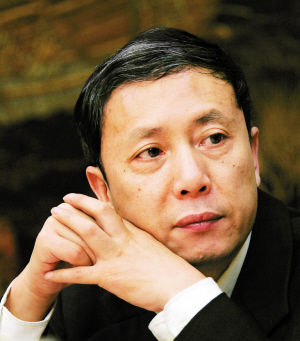From demographic dividends to institutional dividends
 0 Comment(s)
0 Comment(s) Print
Print E-mail China.org.cn, December 3, 2013
E-mail China.org.cn, December 3, 2013
 |
|
Cai Fang, File Photo |
--By Cai Fang, academician of the Chinese Academy of Social Sciences, researcher and director of the Institute of Population and Labour Economics, Chinese Academy of Social Sciences.
This paper argues that the change of China's population and its age structure will cause the demographic dividends to disappear and as a result China's potential economic growth rate will decrease, which means the traditional economic development model will no longer be the engine of China's economic growth.
China is now at the middle-income level and faces a series of economic and social challenges, including narrowing comparative advantages in the manufacturing industry, decrease in potential growth rate, widening gaps between urban and rural areas and between residents, poor social safety mechanism, structural contradictions in employment, and vulnerable agricultural productions.
If these challenges are not to be effectively addressed, China is likely to fall into the middle income trap which saw some countries in Latin America and South Asia languish for decades, and our efforts to achieve the Chinese dream will be disrupted.
Therefore, we have to explore new sources of economic growth and change to a more balanced, coordinated and sustained growth model, so that China's economy will not slow down to stagnation and fall into the middle income trap. In order to achieve the Chinese dream of national revival, we must carry out reforms to obtain the institutional dividends that will encourage sustained economic development. Now the Third Plenum of the 18th CPC Central Committee has laid out reform guidelines, this paper will point out the key reform areas that will directly contribute to institutional dividends, emphasize its necessity and urgency, and analyze how to push forward the reforms.






Go to Forum >>0 Comment(s)